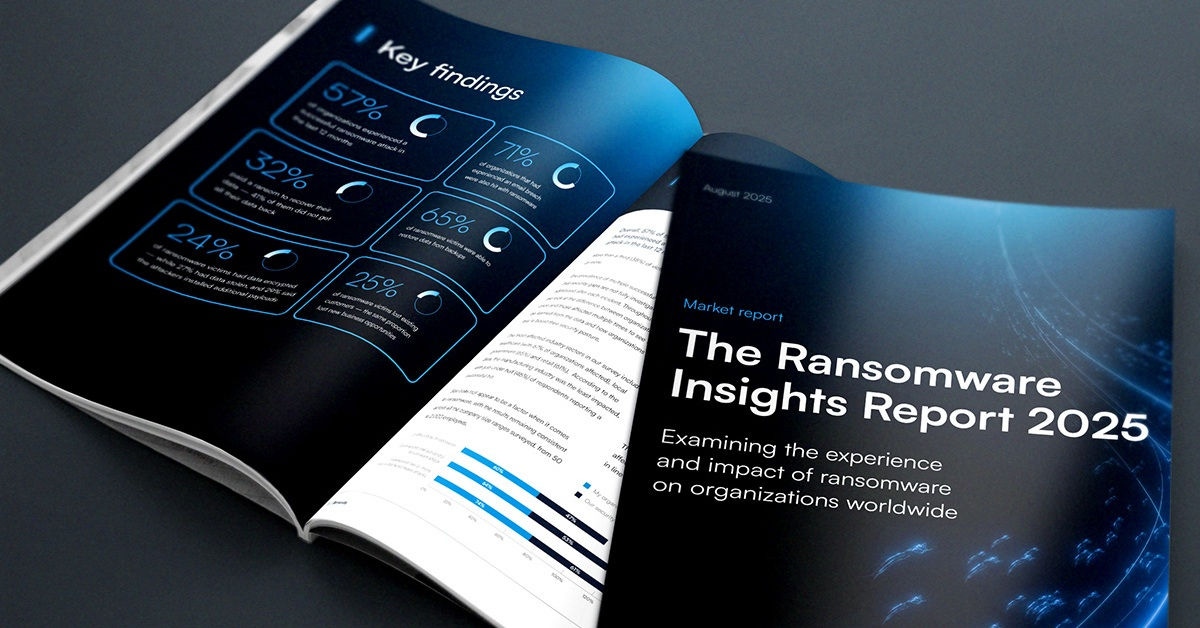
Cómo los identificadores de sesión ayudan a proteger las APIs
En esta serie, examinamos los desafíos y oportunidades de seguridad que enfrentan las interfaces de programación de aplicaciones (APIs). Este artículo considera el potencial de seguridad de los identificadores de sesión, mientras que los artículos complementarios examinan las API zombis y cómo gestionar el ciclo de lanzamiento de las API.
Las interfaces de programación de aplicaciones (APIs) actúan como una interfaz entre un cliente/aplicación y un servidor web, permitiéndoles comunicarse entre sí y realizar tareas en línea.
Las API son un objetivo cada vez más atractivo para los ciberatacantes porque a menudo están insuficientemente protegidas y pueden proporcionar acceso a grandes volúmenes de datos de alto valor.
Los identificadores de sesión son una herramienta poderosa en el arsenal de la seguridad de las API. Al rastrear las interacciones de los usuarios y mantener el estado, permiten varios mecanismos de seguridad que pueden mitigar significativamente los ataques maliciosos.
Cómo los identificadores de sesión pueden contribuir a la seguridad de la API
Detección y mitigación mejorada de amenazas
Los identificadores de sesión pueden utilizarse para rastrear el comportamiento de los usuarios e identificar anomalías que puedan indicar actividad maliciosa.
Por ejemplo, si un «usuario» de repente empieza a realizar muchas solicitudes a un endpoint de API sensible, podría ser una señal de un ataque de fuerza bruta. Al detectar tales anomalías, las herramientas de protección de la API pueden tomar medidas para mitigar la amenaza, como bloquear la dirección IP del usuario o implementar la limitación de velocidad.
Limitación de tasa y prevención de abusos
Los identificadores de sesión también pueden utilizarse para implementar la limitación de velocidad, lo que ayuda a prevenir el abuso de una API.
Al rastrear el número de solicitudes que un usuario realiza durante un tiempo determinado, el servicio de protección de API puede bloquear a aquellos que realizan un número inesperadamente alto de solicitudes, ya que esto podría ser una señal de actividad maliciosa. Esto ayuda a proteger la API de ser abrumada y garantiza que los usuarios legítimos puedan acceder a la API sin problemas.
Prevención del secuestro de sesión
El secuestro de sesión es un tipo de ataque en el que un adversario roba el identificador de sesión de un usuario y lo utiliza para hacerse pasar por dicho usuario. Los identificadores de sesión pueden ayudar a prevenir el secuestro de sesión al dificultar que los atacantes roben y utilicen estos identificadores.
Por ejemplo, la protección de API puede emplear un cifrado robusto para proteger los identificadores de sesión y también puede implementar medidas para detectar y bloquear sesiones secuestradas.
Cualquier patrón de tráfico de red inusual también puede indicar un intento de secuestro de sesión.
Por ejemplo: La combinación de identificadores de sesión con la dirección IP y los datos de huellas digitales del dispositivo puede ayudar a identificar actividad sospechosa. Si se accede a una sesión desde una dirección IP o dispositivo inusual, podría indicar un intento de secuestro.
Los intentos de secuestro de sesión pueden mitigarse mediante las siguientes acciones:
- Implementar la autenticación de dos factores (2FA): Requerir pasos de verificación adicionales, como el envío de un código al teléfono del usuario, añade una capa adicional de seguridad.
- Generación de alertas: Generar alertas para los equipos de seguridad cada vez que se detecta una actividad sospechosa permite una investigación y respuesta rápidas.
- Regeneración de los ID de sesión: La regeneración periódica de los ID de sesión minimiza el riesgo de que los atacantes utilicen tokens previamente comprometidos.
Protección contra CSRF
La falsificación de solicitudes entre sitios (CSRF) es un tipo de ataque en el que un atacante engaña a un usuario para que envíe una solicitud a una API sin que este lo sepa.
Los identificadores de sesión pueden ayudar a prevenir ataques CSRF al exigir a los usuarios que incluyan un token único en sus solicitudes. Este token se genera cuando el usuario inicia sesión y se almacena en su sesión. Si el atacante no tiene acceso a la sesión del usuario, no podrá incluir el token correcto en su solicitud, y la solicitud será bloqueada.
Control de acceso y autorización
Los identificadores de sesión también pueden utilizarse para implementar el control de acceso y la autorización. Mediante el seguimiento de la sesión del usuario, las herramientas de protección de API pueden determinar si el usuario está autorizado para acceder a un endpoint de API en particular. Esto ayuda a prevenir el acceso no autorizado a datos y recursos sensibles.
Por ejemplo, un token web JSON (JWT) con un reclamo específico (audiencia) está autorizado a acceder a un subconjunto de API seguras o a un espacio de URL.
Patrones de actividad de los usuarios
Los identificadores de sesión pueden emplearse para supervisar la actividad de los usuarios en tiempo real. Si la actividad de un usuario es sospechosa, las herramientas de protección de la API pueden enviar una alerta a los equipos de seguridad. Esto permite una investigación y respuesta oportuna a las amenazas potenciales.
Resumen
Los identificadores de sesión son una herramienta valiosa para proteger las APIs de ataques maliciosos. Al rastrear las interacciones de los usuarios e implementar diversas medidas de seguridad, los identificadores de sesión pueden ayudar a garantizar la seguridad y la integridad de su API.
Consejos adicionales
Además de lo mencionado anteriormente, aquí tiene algunos consejos adicionales para utilizar identificadores de sesión y proteger su API:
- Utilice cifrado fuerte para proteger los identificadores de sesión.
- Implemente la expiración y regeneración regular de las sesiones.
- Utilice tokens CSRF para prevenir ataques CSRF.
- Implemente el control de acceso y la autorización basados en los roles y permisos de los usuarios.
- Monitoree la actividad de los usuarios en tiempo real y responda a la actividad sospechosa.
Siguiendo estos consejos, puede ayudar a garantizar la seguridad de su API.
Para más información, visite nuestro sitio web.

Informe de Barracuda sobre Ransomware 2025
Principales conclusiones sobre la experiencia y el impacto del ransomware en las organizaciones de todo el mundo
Suscríbase al blog de Barracuda.
Regístrese para recibir Threat Spotlight, comentarios de la industria y más.

Seguridad de vulnerabilidades gestionada: corrección más rápida, menos riesgos, cumplimiento normativo más fácil
Descubra lo fácil que es encontrar las vulnerabilidades que los ciberdelincuentes quieren explotar.





